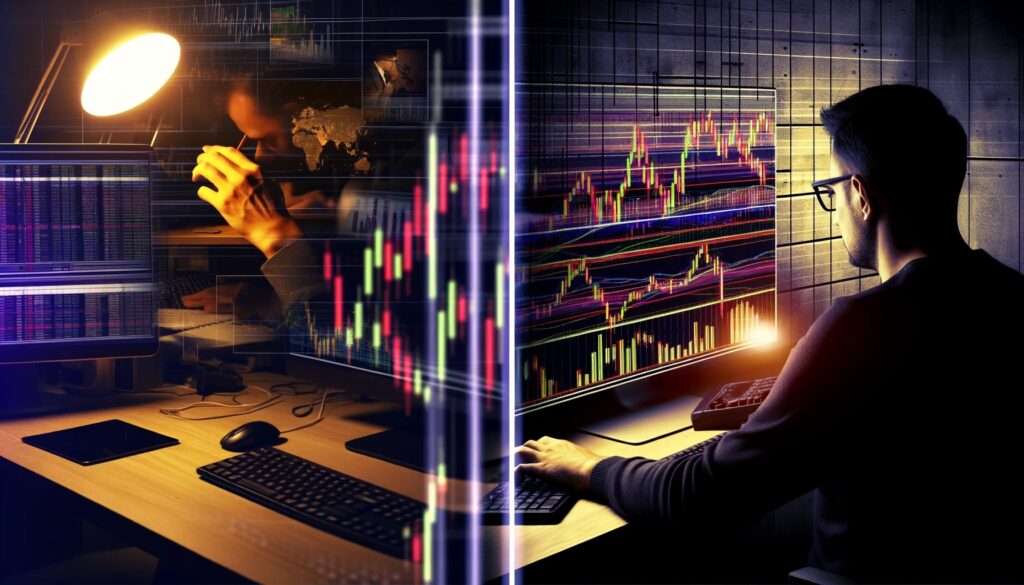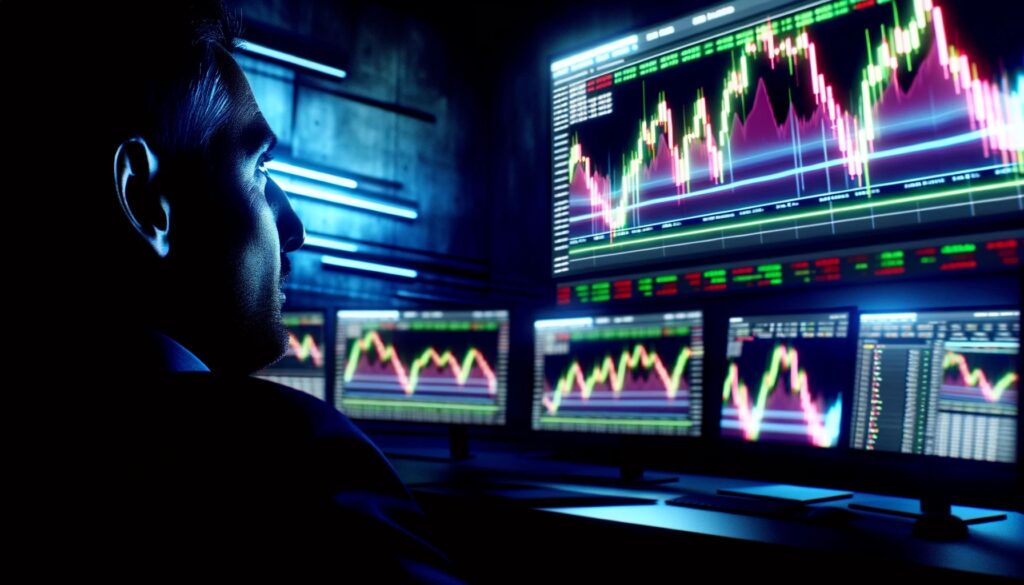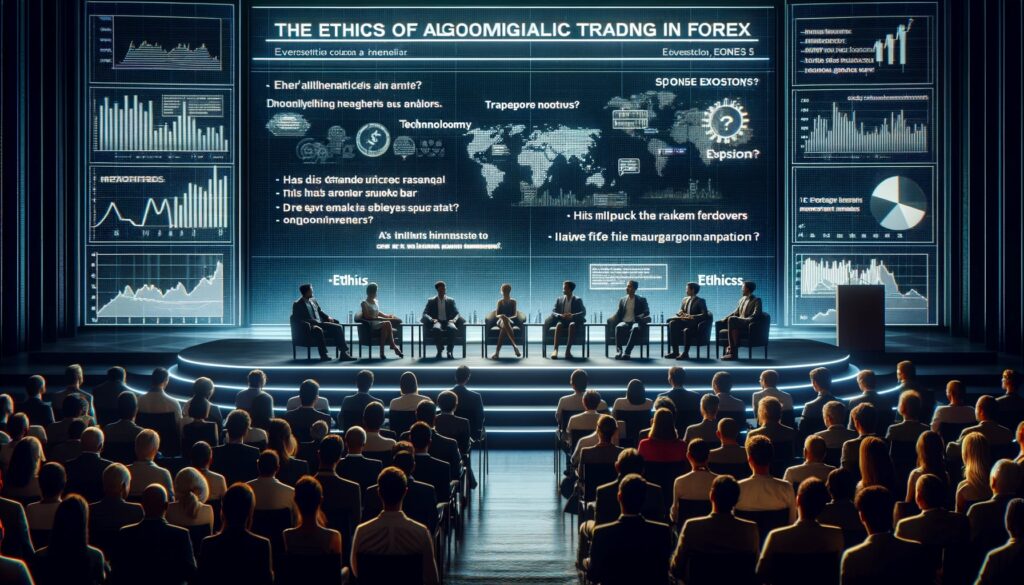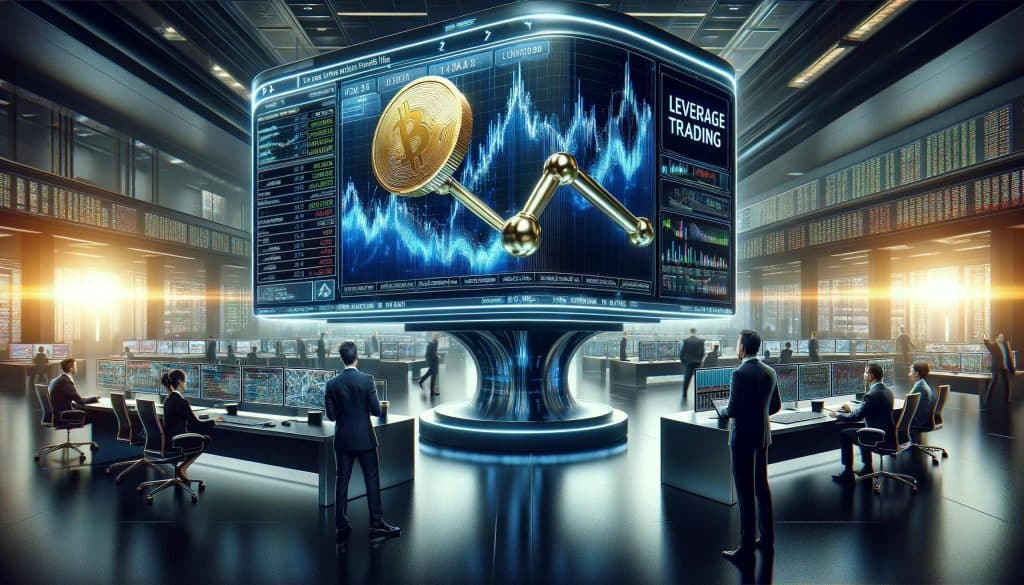In the ever-evolving landscape of Forex trading, algorithmic trading has emerged as a beacon of innovation, transforming the way trades are executed and strategies are formulated. This comprehensive guide delves into the intricacies of algorithmic trading, offering a balanced perspective on its advantages and disadvantages, with a focus on algorithmic trading pros and cons. Through detailed analysis and real-world examples, we aim to equip traders with the knowledge needed to navigate the complexities of the Forex market.

Introduction to Algorithmic Trading in Forex
Forex, the world’s largest financial market, is a fertile ground for the application of algorithmic trading strategies. Algorithmic trading, also known as algo-trading, involves the use of computer algorithms to execute trades based on predefined criteria, without human intervention. This method leverages technology to gain speed and efficiency, offering traders the ability to exploit market opportunities at a pace beyond human capabilities.
Algorithmic Trading Pros and Cons
Understanding the dual facets of algorithmic trading is crucial for any trader considering this approach. Here, we dissect the key benefits and challenges, providing a holistic view of its impact on Forex trading.

Benefits of Algorithmic Trading in Forex
Increased Efficiency and Execution Speed
The hallmark of algorithmic trading is its ability to process and execute orders at lightning speed. Algorithms can analyze market data, identify trading opportunities, and execute orders in milliseconds, a feat unachievable by human traders. This efficiency opens up new trading opportunities, especially in markets as volatile and fast-paced as Forex.
Precision and Consistency
Algorithms operate with a level of precision and consistency that eliminates the risk of human error. By strictly adhering to predetermined trading criteria, they ensure that trading strategies are executed exactly as planned, thereby enhancing the reliability of trading outcomes.
Enhanced Risk Management
With the incorporation of sophisticated risk management algorithms, traders can automatically adjust their exposure based on real-time market conditions. This proactive approach to risk management helps in minimizing losses and protecting profits.

Challenges of Algorithmic Trading in Forex
Complexity and Technical Requirements
The development and implementation of trading algorithms require a deep understanding of both market principles and programming skills. This complexity can be a significant barrier for traders without a technical background, making it difficult to enter the realm of algorithmic trading.
Over-Optimization Risk
There’s a tendency to over-optimize trading algorithms based on historical data, making them highly effective in backtests but potentially less so in real trading scenarios. This phenomenon, known as curve fitting, can lead to strategies that perform well in theory but fail under actual market conditions.
Market Impact and Systemic Risk
High-frequency trading, a subset of algorithmic trading, can amplify market volatility and contribute to systemic risk. In certain situations, algorithmic trading can lead to rapid, large-scale market movements, as seen in cases of flash crashes.

Algorithmic Trading in Action: Real-World Examples
To illustrate the practical applications and implications of algorithmic trading, let’s examine a few real-world examples:
- The Flash Crash of 2010: On May 6, 2010, the U.S. stock market experienced a sudden and severe drop, with the Dow Jones Industrial Average plummeting nearly 1,000 points in minutes before recovering. This event was largely attributed to the automated execution of a large sell order through algorithmic trading, highlighting the potential for algorithms to trigger extreme market volatility.
- Success Stories: On the flip side, many institutional and retail traders have leveraged algorithmic trading to achieve remarkable success. Renaissance Technologies, a hedge fund known for its quantitative trading approaches, has consistently outperformed the market by employing sophisticated algorithms that analyze vast datasets to predict price movements.

Navigating the Future of Algorithmic Trading
The future of algorithmic trading in Forex appears bright, with ongoing advancements in technology and data analytics opening new avenues for strategy development. The integration of artificial intelligence and machine learning offers the potential to create self-learning algorithms that can adapt to changing market conditions, further enhancing trading performance.
However, the increasing reliance on algorithmic trading also calls for heightened regulatory scrutiny to prevent market abuse and ensure fair trading practices. As the landscape evolves, traders must stay informed and adapt to leverage algorithmic trading effectively while mitigating its inherent risks.
Conclusion on Algorithmic Trading Pros and Cons
Algorithmic trading in Forex presents a compelling blend of opportunities and challenges. Its capacity to enhance efficiency, precision, and risk management makes it an attractive option for traders. However, the complexity, potential for over-optimization, and market impact issues necessitate a cautious approach. By understanding the algorithmic trading pros and cons, traders can make informed decisions, tailoring their strategies to harness the benefits of technology while navigating its pitfalls. As the domain of algorithmic trading continues to evolve, staying abreast of technological and regulatory developments will be key to achieving long-term success in the dynamic world of Forex trading.

FAQs on Algorithmic Trading Pros and Cons
What is algorithmic trading in Forex?
Algorithmic trading in Forex refers to the use of computer algorithms to execute trades automatically in the foreign exchange market. These algorithms are programmed to make trading decisions based on predefined criteria, such as price movements, market trends, or economic indicators, without human intervention.
How does algorithmic trading differ from manual trading?
Algorithmic trading differs from manual trading in its execution speed, precision, and capacity to analyze vast amounts of data. While manual trading relies on a trader’s intuition, experience, and manual execution of trades, algorithmic trading utilizes mathematical models and automated processes to execute trades, significantly reducing the likelihood of human error and emotional decision-making.
Can retail traders use algorithmic trading in Forex?
Yes, retail traders can use algorithmic trading in Forex. With the advancement of technology and the availability of trading platforms that support algorithmic trading, retail traders can now access, develop, or purchase trading algorithms to automate their trading strategies. However, it requires a certain level of technical knowledge and understanding of the Forex market.
What are the main advantages of algorithmic trading?
The main advantages of algorithmic trading include increased efficiency and execution speed, the ability to backtest strategies on historical data, reduced risk of human error, and the capability to monitor multiple markets and execute multiple trading strategies simultaneously.
Can algorithmic trading lead to market manipulation?
While algorithmic trading itself is a legitimate and widely used trading method, it can be misused in ways that may influence market prices unfairly or lead to market manipulation. Regulatory bodies closely monitor trading activities to detect and prevent such practices, ensuring market fairness and integrity.
How significant is the role of AI in algorithmic trading?
The role of artificial intelligence (AI) in algorithmic trading is becoming increasingly significant. AI and machine learning can analyze complex market data, recognize patterns, and adapt to changing market conditions more efficiently than traditional algorithms. This adaptability allows traders to refine their strategies and improve trading outcomes based on predictive analytics and real-time decision-making.
What are the risks associated with algorithmic trading?
The risks associated with algorithmic trading include technical failures, such as software bugs or connectivity issues, the potential for over-optimization of trading strategies, and the risk of significant market impact or volatility from large, automated trade orders. Traders need to implement robust risk management strategies and continuously monitor their algorithms to mitigate these risks.





